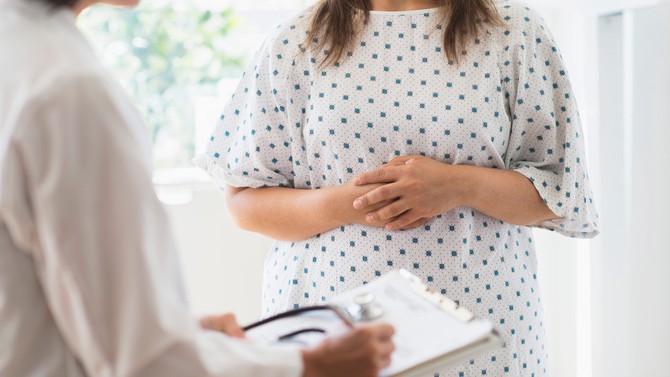4 Sex Myths You Totally Thought Were True
You know that size doesn't matter and that women are just as interested in sex as men, but you may still be buying into these "facts."
By Emma Haak

Photo: Tetra Images/Getty
The Myth: When someone says they've been tested, they mean tested for everything.
The Truth: Sexually transmitted disease screens vary from doctor to doctor, and nobody tests for everything, says Lauren Streicher, MD, a clinical associate professor of obstetrics and gynecology at Northwestern University's Feinberg School of Medicine and the author of Sex Rx: Hormones, Health, and Your Best Sex Ever. "My typical screen covers gonorrhea, chlamydia, syphilis, HIV and hepatitis," says Streicher. "But there are more than 20 different STDs out there, and there's no one test that covers them all."
Keep in mind that routine screenings don't test for HPV, says Streicher, the most common sexually transmitted infection in the U.S. Your doc would need to do a specific HPV test (usually in conjunction with a Pap smear) to look for abnormal cells on your cervix.

Photo: bhofack2/istockphoto
The Myth: There's science behind why oysters get you in the mood.
The Truth: Food aphrodisiacs are mostly bunk, scientifically speaking, according to a 2015 review in the journal of the International Society for Sexual Medicine. After reading through 50 studies on supposed libido boosters, the researchers concluded that chocolate, oysters, honey and a few lesser-known items don't make a difference in your sex drive (ginseng was the only one studied that seems to actually work, but the research on it is still preliminary). If your own experience says different, you can probably give credit to the placebo effect, since "the power of suggestion is very strong in sex," explains Stephen Snyder, MD, a sex therapist in New York, but the science doesn't support it.
As for which non-food enhancers work: "Certain scents, sounds, sights, music, candles—these are things we associate with intimacy, and they can trigger desire," says Chris Fariello, PhD, founder and director of the Philadelphia Institute for Individual, Relational & Sex Therapy.

Photo: mediaphotos/istockphoto
The Myth: Desire is desire, plain and simple.
The Truth: Actually, there are two kinds of desire—spontaneous and responsive. The spontaneous form is the one we usually (and somewhat mistakenly) associate with a healthy sex life. "It happens out of the blue. A stray thought crosses your mind and all of a sudden you really want sex," says Emily Nagoski, PhD, author of Come As You Are: The Surprising New Science That Will Transform You Sex Life.
But you can also start to feel aroused, then get that feeling that you want to have sex, explains Virginia Sadock, MD, professor of psychiatry and director of the program in human sexuality NYU Langone Medical Center—that's responsive desire. We've known since the 1970s that desire doesn't have to happen first, but the idea that you're not normal if you don't feel that out-of-the-blue urge to get intimate is still very widespread, says Nagoski.
So let us help clarify: Both spontaneous and responsive desire are totally normal, and neither one means anything is amiss.

Photo: Peter Scholey/Getty
The Myth: Feeling a tingle down there means you're into what's happening (on some level).
The Truth: Blood flow to your private parts increases when you're exposed to sexual stimulation, even if you don't like. The scientific term for that is arousal non-concordance. "All it means is that there's something sexually relevant happening," says Nagoski.
Translation: You could literally be watching a video of monkeys having sex and start to feel some action happening below the belt. (Yes, researchers have actually tested this in a lab.) This is particularly important for survivors of sexual assault who might have felt some degree of sexual response during the attack, because it's essentially a reflex that you can't control, says Nagoski.
Published 04/04/2016

